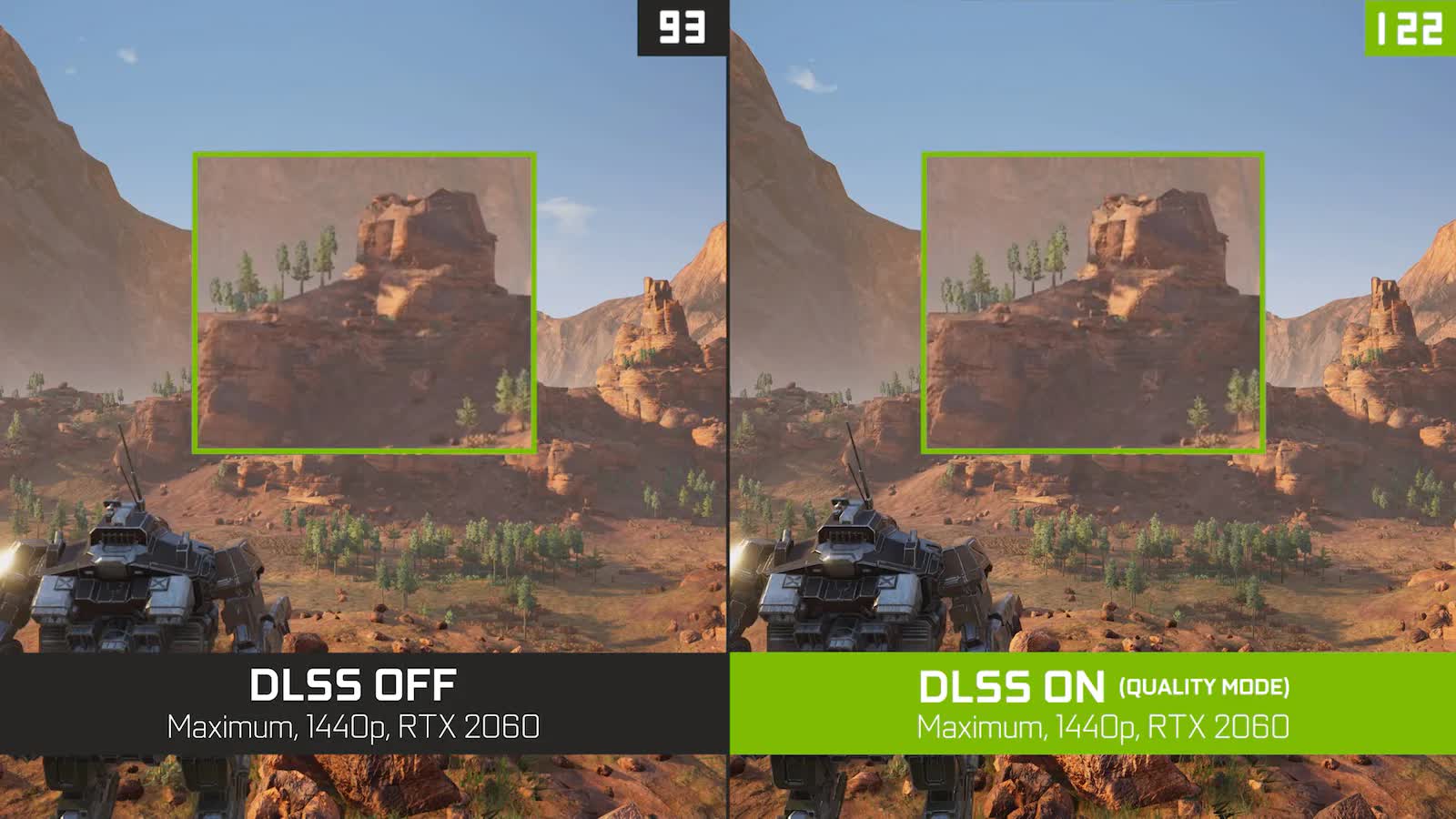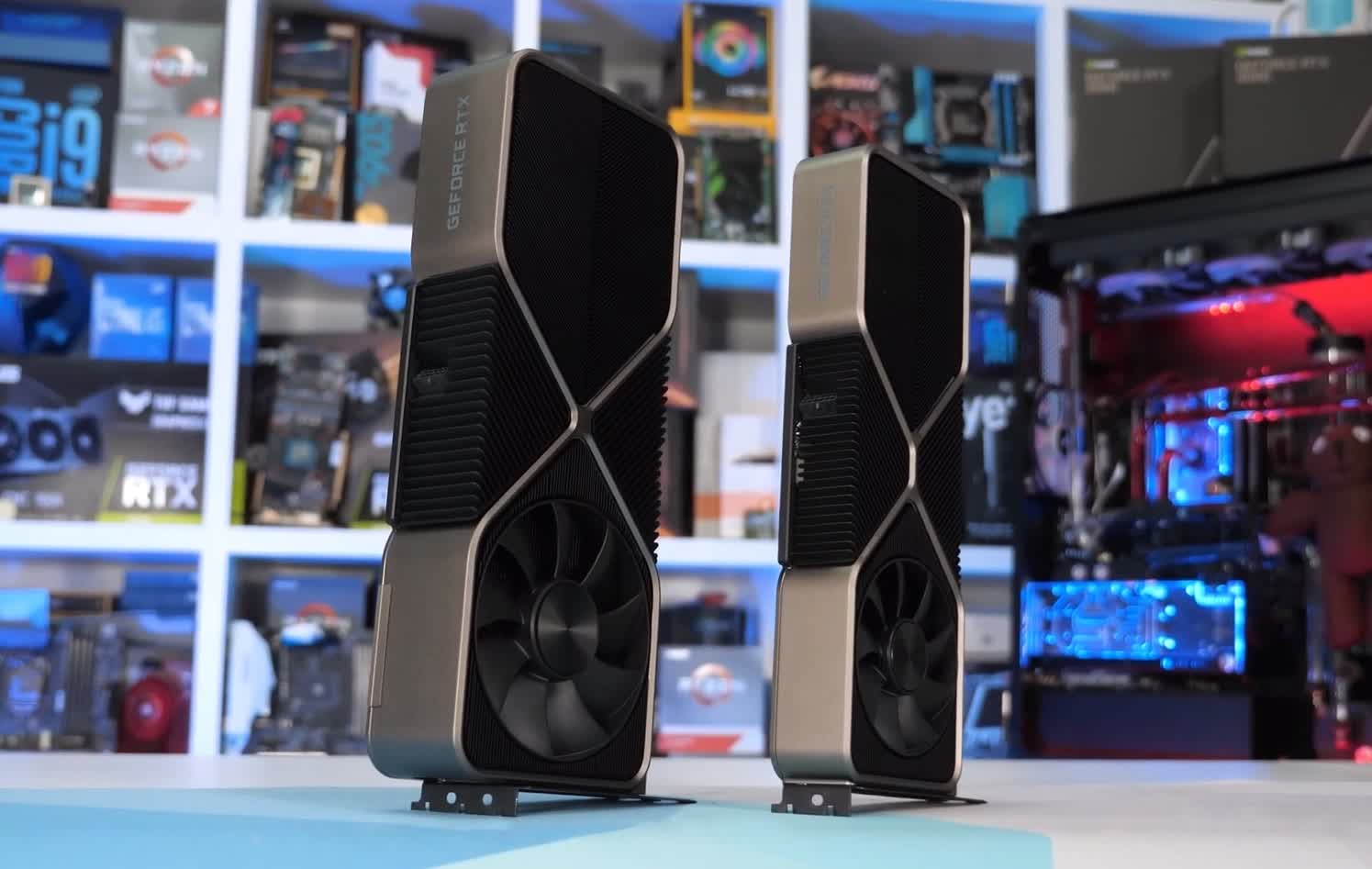TL;DR: Linux gamers with modern Nvidia gaming graphics cards will soon be able to play their favorite games with DLSS enabled, thanks to work from Valve and Nvidia. Both companies have been working together to the upscaling technology to Linux via Steam Proton, Valve's open-source tool to run Windows apps on Linux-based systems.

Steam Proton is a compatibility layer developed by Valve and CodeWeavers that allows gamers to run Windows games on Linux-based operating systems. Steam Proton is based on Wine.
DLSS was launched in 2018 and later revamped in 2020 as DLSS 2.0, in both instances as a Windows-only option, but Nvidia and Valve have come together to change that. Soon enough, the Linux gaming community will have the chance to use it on compatible games using Steam Proton.
The Nvidia Linux driver supports DLSS since July 2020, but only now Nvidia is announcing its implementation. By introducing DLSS to Linux, users can take advantage of "the dedicated AI cores on GeForce RTX GPUs to boost frame rates for their favorite Windows Games running on the Linux operating system."
The first games to support DLSS on Linux will be Vulkan titles later this month. Support for DirectX games is expected to arrive on the fall.

During Nvidia's Computex keynote, Nvidia also announced the new RTX 3080 Ti and the RTX 3070 Ti graphics cards. Moreover, it also showed some new games that will support RTX and DLSS, including Doom Eternal, Dying:1983, Tom Clancy's Rainbow Six: Siege, Icarus First Cohort, and Red Dead Redemption 2.
Nvidia's implementation of DLSS on Linux comes at the same time as AMD's announcement of FidelityFX Super Resolution (FSR) upscaling technology. It's still unclear if FSR will be supported by Linux, but considering it will be open-source and standards-based, there's a good chance that it will.
https://www.techspot.com/news/89891-soon-users-allowed-enable-dlss-linux-through-steam.html